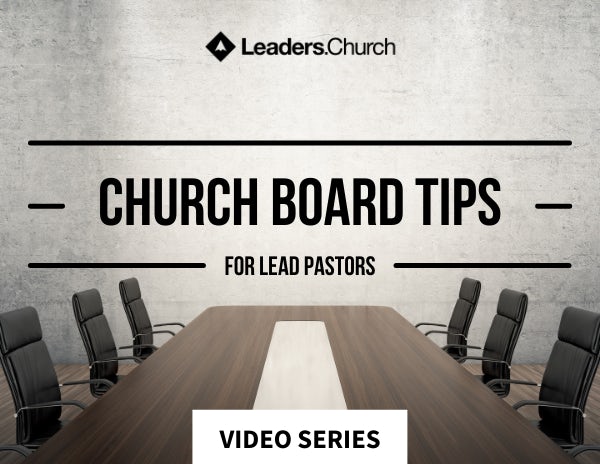Some of the most well recollected memories of a person’s childhood usually consist of stories. Oftentimes these are stories passed down from generation to generation. Perhaps they are stories that were told by a relative or a friend. Regardless of who told the story, if it is interesting, it is also memorable. There is something about storytelling that causes our minds to become engaged. Stories are easy to remember! As a communicator who is tasked with delivering the most important message people will hear all week, you want the congregation to remember what you have to say. For this reason, we believe that telling stories in sermons can make a huge impact on your ministry.
As a storyteller, you must not neglect the best practices for effective storytelling. It is imperative as a speaker to understand the ins and outs of effective storytelling. With that said, what are the elements of a story that sparks interest, while remaining relevant and efficient? After going through this series, you will have an in-depth understanding of these elements and how to use them.
Furthermore, it is helpful to understand the elements of a good story, but it is also important to know what to avoid in storytelling. Storytelling consists of some risky business depending on the topic. Obviously, your goal is never to offend people, but it can be easy to do so if you are not careful. We want to cover the pitfalls of storytelling in ministry so that you can avoid these unnecessary dilemmas.
In this series:
We highlight some of the most effective practices for telling stories in sermons. Our goal is to make you comfortable with your ability to tell engaging stories during your sermons. We will provide you with elements that make up a good story, practical tips regarding storytelling, what to avoid when telling stories, and what resources you should be using.
Improve your leadership skills with this video series.
Transform your learning with our all-access plan.



